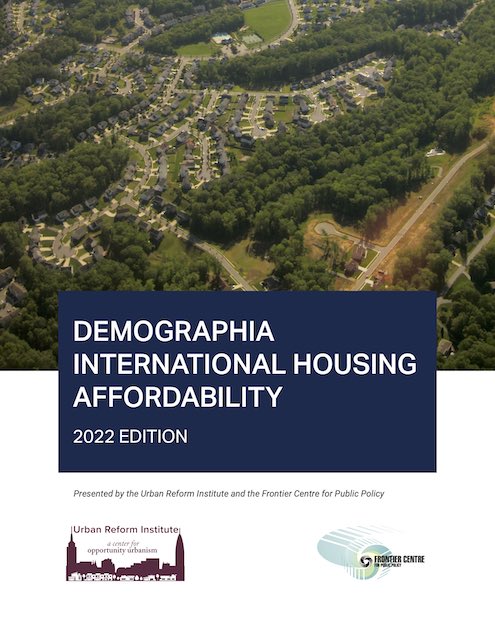Americans drove more than 240 billion vehicle-miles in January 2022, according to preliminary data released yesterday by the Federal Highway Administration. This was a 7.8 percent decrease from the nearly 261 billion vehicle-miles driving in January 2020. This was the first month in half a year that driving was less than the same month before the pandemic.
Driving thus follows the same pattern as other modes of travel, declining in January after several months of increases relative to before the pandemic. When compared with December, miles of driving fell by 10.4 percent, compared with 21.9 percent for air travel, 14.0 percent for transit, and 37.8 percent for Amtrak. These declines must have been due to concerns about the omicron variant of the coronavirus. Continue reading














